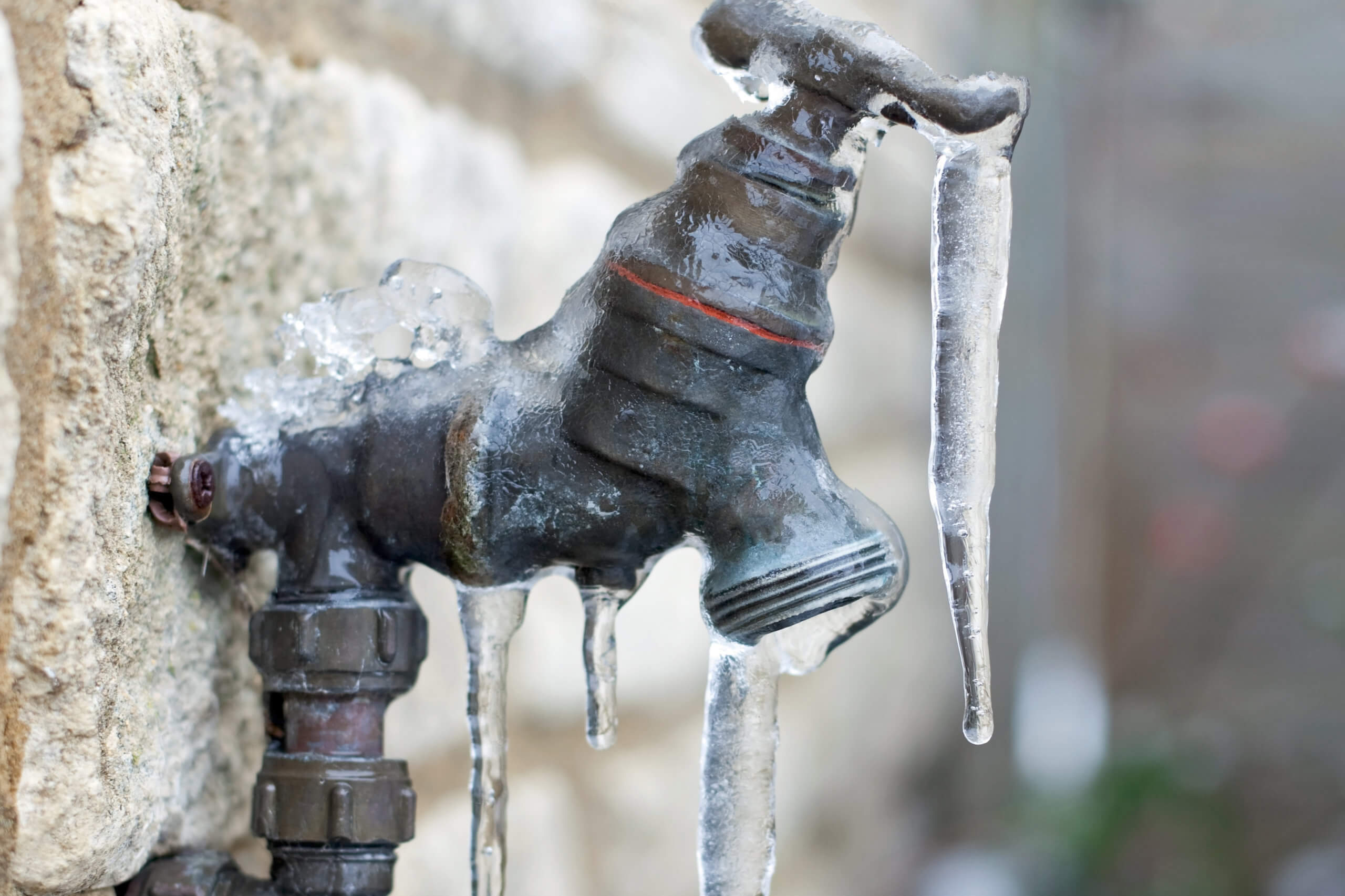Essential Tips to Avoid Frozen Pipes in Winter: Specialist Insights
Essential Tips to Avoid Frozen Pipes in Winter: Specialist Insights
Blog Article
Were you in search of info around Winter Plumbing Precautions: Preventing Frozen Pipes?

Cold weather can ruin your pipes, specifically by freezing pipelines. Here's how to prevent it from taking place and what to do if it does.
Intro
As temperatures decrease, the threat of icy pipelines increases, possibly leading to costly repairs and water damages. Comprehending just how to prevent frozen pipelines is important for home owners in cold environments.
Avoidance Tips
Protecting at risk pipelines
Wrap pipelines in insulation sleeves or utilize heat tape to protect them from freezing temperature levels. Concentrate on pipes in unheated or external locations of the home.
Heating techniques
Keep interior areas effectively heated up, specifically areas with plumbing. Open closet doors to enable cozy air to distribute around pipes under sinks.
How to determine frozen pipes
Try to find decreased water flow from faucets, unusual odors or noises from pipelines, and noticeable frost on subjected pipelines.
Long-Term Solutions
Structural modifications
Consider rerouting pipes away from exterior wall surfaces or unheated areas. Include added insulation to attics, basements, and crawl spaces.
Updating insulation
Invest in high-quality insulation for pipelines, attics, and wall surfaces. Correct insulation aids keep regular temperature levels and lowers the risk of frozen pipes.
Safeguarding Exterior Plumbing
Garden hose pipes and exterior taps
Separate and drain pipes yard tubes before winter. Mount frost-proof faucets or cover outside taps with shielded caps.
Comprehending Frozen Pipes
What causes pipes to freeze?
Pipes ice up when revealed to temperature levels below 32 ° F (0 ° C) for extended periods. As water inside the pipes ices up, it expands, taxing the pipe wall surfaces and possibly triggering them to rupture.
Risks and damages
Icy pipelines can bring about supply of water interruptions, property damages, and expensive repair services. Ruptured pipelines can flooding homes and cause comprehensive architectural damage.
Indications of Frozen Pipeline
Identifying frozen pipes early can avoid them from breaking.
What to Do If Your Pipelines Freeze
Immediate actions to take
If you believe icy pipes, maintain faucets open to alleviate stress as the ice thaws. Utilize a hairdryer or towels soaked in hot water to thaw pipelines gradually.
Verdict
Avoiding icy pipelines needs aggressive procedures and fast reactions. By understanding the reasons, signs, and safety nets, property owners can secure their plumbing throughout winter.
6 Proven Ways to Prevent Frozen Pipes and Protect Your Home
Disconnect and Drain Garden Hoses
Before winter arrives, start by disconnecting your garden hoses and draining any remaining water. Close the shut-off valves that supply outdoor hose bibs and leave the outdoor faucet open to allow any residual water to drain. For extra protection, consider using faucet covers throughout the colder months. It’s also important to drain water from any sprinkler supply lines following the manufacturer’s directions.
Insulate Exposed Pipes
Insulating your pipes is an effective way to prevent freezing. Pipe insulation is readily available at home improvement stores and is relatively inexpensive. Pay close attention to pipes in unheated areas such as the attic, basement, crawl spaces, or garage. Apply foam insulation generously to create a buffer against the cold. You can also wrap your pipes in heat tape or thermostat-controlled heat cables for added warmth.
Seal Air Leaks
Inspect your home for any cracks or openings that could let in cold air. Seal any holes around the piping in interior or exterior walls, as well as the sill plates where your home rests on its foundation. Additionally, make sure to keep your garage door closed unless you’re entering or exiting. Leaving it open creates a significant air leak that can lead to frozen pipes.
Allow Warm Air Circulation
During cold snaps, it’s essential to allow warm air to circulate evenly throughout your home. Leave interior doors ajar to promote better airflow. Open kitchen and bathroom cabinets to help distribute heat consistently around the rooms. If you have small children or pets, be sure to remove any household chemicals or potentially harmful cleaners from open cabinets for safety.
Let Faucets Drip
A small trickle of water can make a big difference in preventing ice formation inside your pipes. When temperatures drop significantly, start a drip of water from all faucets served by exposed pipes. This continuous flow helps prevent the water from freezing. Additionally, running a few faucets slightly can relieve pressure inside the pipes, reducing the chances of a rupture if the water inside does freeze.
https://choateshvac.com/6-proven-ways-to-prevent-frozen-pipes-and-protect-your-home/

I hope you enjoyed reading our article on Winter Plumbing Precautions: Preventing Frozen Pipes. Thanks for spending some time to read our article post. Sharing is caring. Helping people is fun. I truly appreciate your readership.
Go Company Report this page